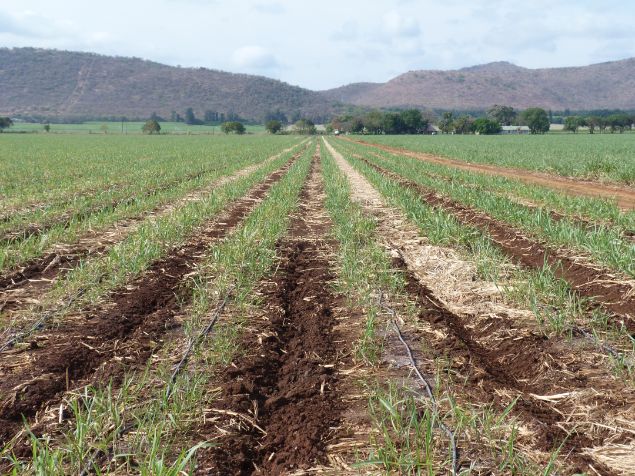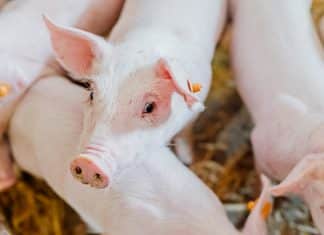Estimated reading time: 4 minutes
Water scarcity is a growing problem due to climate change. Agriculture uses the most water in South Africa, so it is vital to use efficient and appropriate irrigation methods and systems. This will help to save water and achieve higher crop yields. Producers also need to consider how their irrigation systems affect other aspects of their farming operations, such as mechanisation activities for planting and harvesting.
Precision agriculture is a modern approach that uses advanced technology for mechanisation in farming. This article will explore how drip irrigation systems impact mechanisation and how combining precision agriculture with modern drip irrigation system design can optimise both irrigation and mechanisation. This can lead to lower costs and higher profits for producers.
Land preparation with mechanisation in mind
Drip irrigation systems are typically considered permanent because the system is not moved for at least the entire growing season and can stay in place for several growing seasons. Since the system stays in same place for a considerable period of time, careful consideration must therefore be given to the layout of the system such that there will be pathways for example for mechanisation equipment such as tractors and other farm machinery. To achieve this, special tools and considerations are needed, as explained below.
The use of geographic information systems (GIS) software to precisely map the farming field and area for irrigation has emerged as a popular system for precision agriculture. Every area of the field is mapped to within a centimetre to optimise the planting area while making clear layouts of where the tractor wheels must pass. To achieve this, the type of tractor as well as its width should be known for precise design of the layout.
Drip irrigation is popular in orchard farming due to the ability to directly target the root zone of the orchard. In addition, land preparation for orchards happens once in their production life span. Orchards also need harvesting equipment to access the field and this may involve trucks rather than harvesters. Therefore, some of the pipes may need to be buried underground to avoid blocking the heavy equipment. This can be done by using precise mapping and design tools to create optimal access points and routes in the field.
Skilled labour is a necessity
Precision agriculture equipment requires highly skilled operators. Using unskilled labour can easily cause damage to the irrigation pipes, which are quite expensive. Tractor wheels can also damage the pipes if the driver is not sufficiently skilled. The drip irrigation system is expensive to install and fragile to operate. Hence, this system requires skilled operators who can work with numbers and use suitable software to manage the irrigation schedule.
In addition, combining mechanisation planning with optimal irrigation scheduling requires a skilled farm manager. Therefore, all levels of labour must be skilled to achieve optimal results in terms of asset utilisation while minimising water use with the drip irrigation system.
Weed and pest control
Drone spaying is a relatively new method of spraying and is ideally suitable for drip irrigation because there is no movement of equipment on the ground during spraying. However, this method of weed and pest control is not without its caveats. One of the main obstacles for drone spraying is the issue of regulation because it can be difficult and costly to obtain an operating license for this activity.

Specialised implements for elevated spraying have narrow wheels that can fit between the crop rows, while being high enough to spray over the plants. The irrigation layout and the equipment choice must work together well, because the pipes are permanently installed.
Harvesting
Drip irrigation may be unsuitable for crops such as wheat which require specialised harvesting equipment and relatively tight spacing. The harvester header is very low during harvesting. Thus pipes cannot be above ground. In addition, costs may be prohibitive since wheat is grown in larger fields.
In summary
Drip irrigation is preferred in high cash crops such as orchards where spacing for mechanised equipment is relatively easier to achieve and land preparation activities are infrequent. – By Celi Mbokazi and Dr Macdex Mutema, ARC-Natural Resources and Engineering
For more information, send an email to mbokazic@arc.agric.za or mutemam@arc.agric.za.








